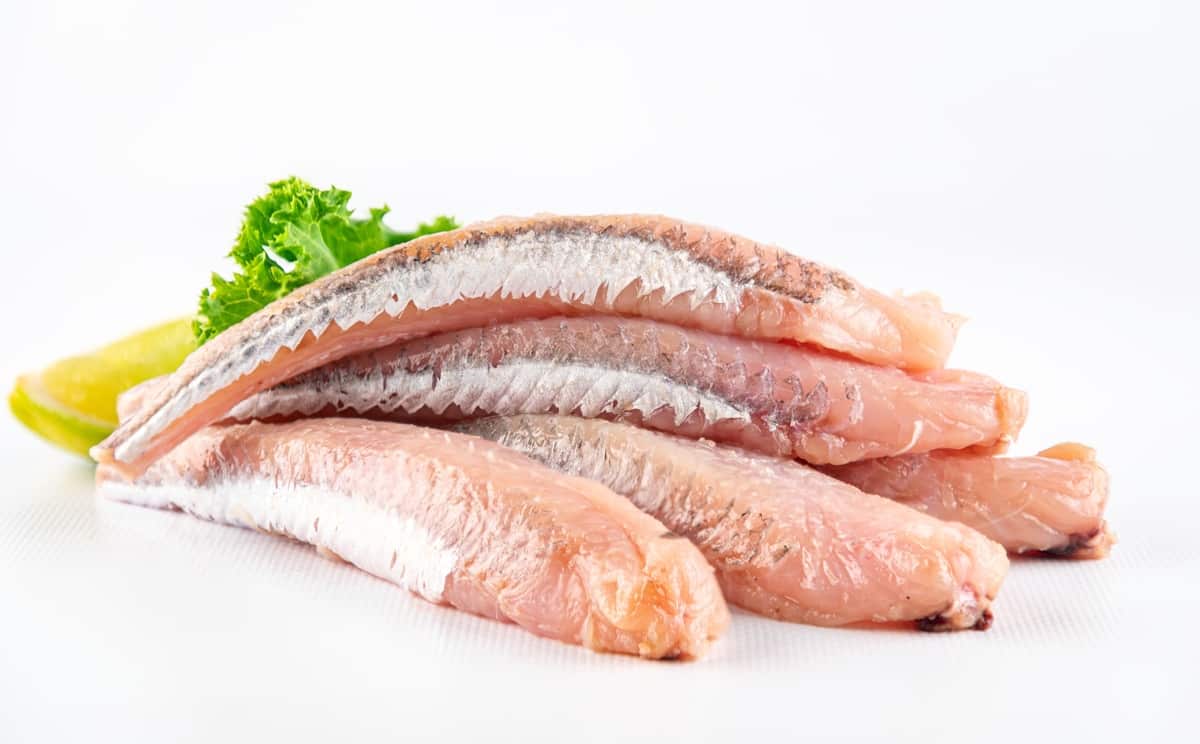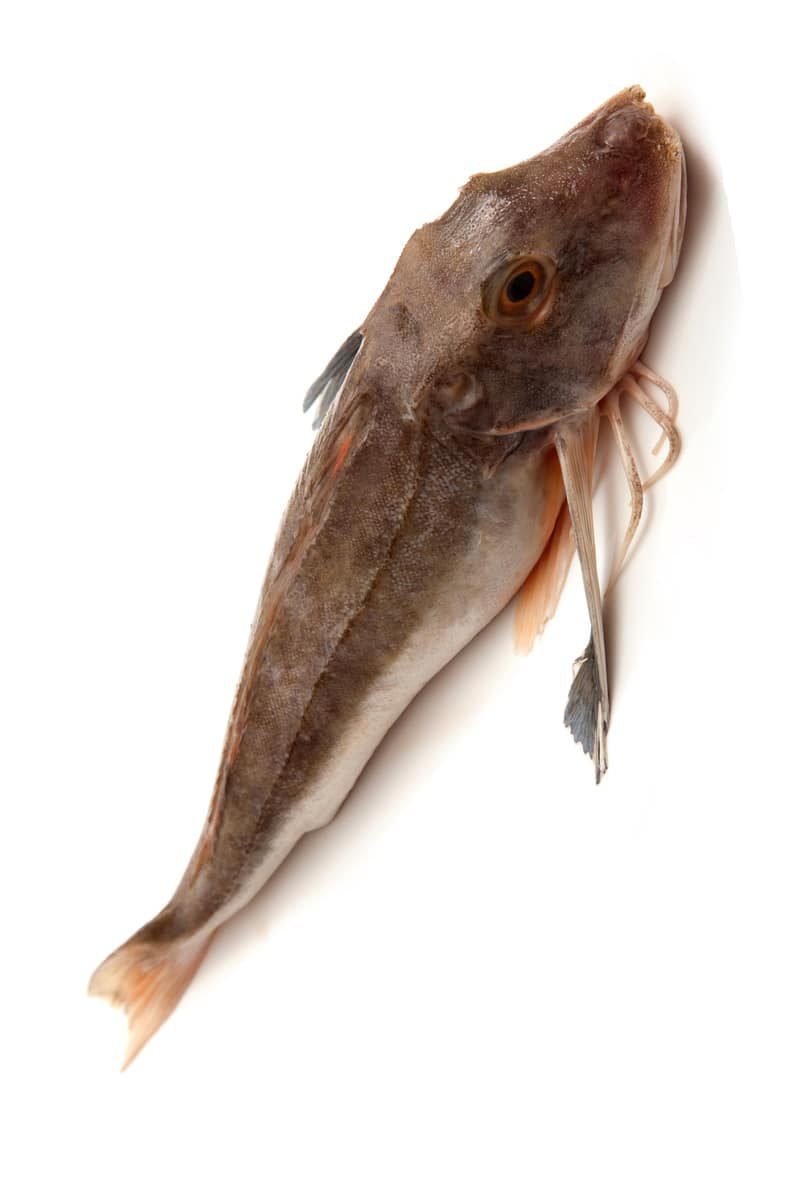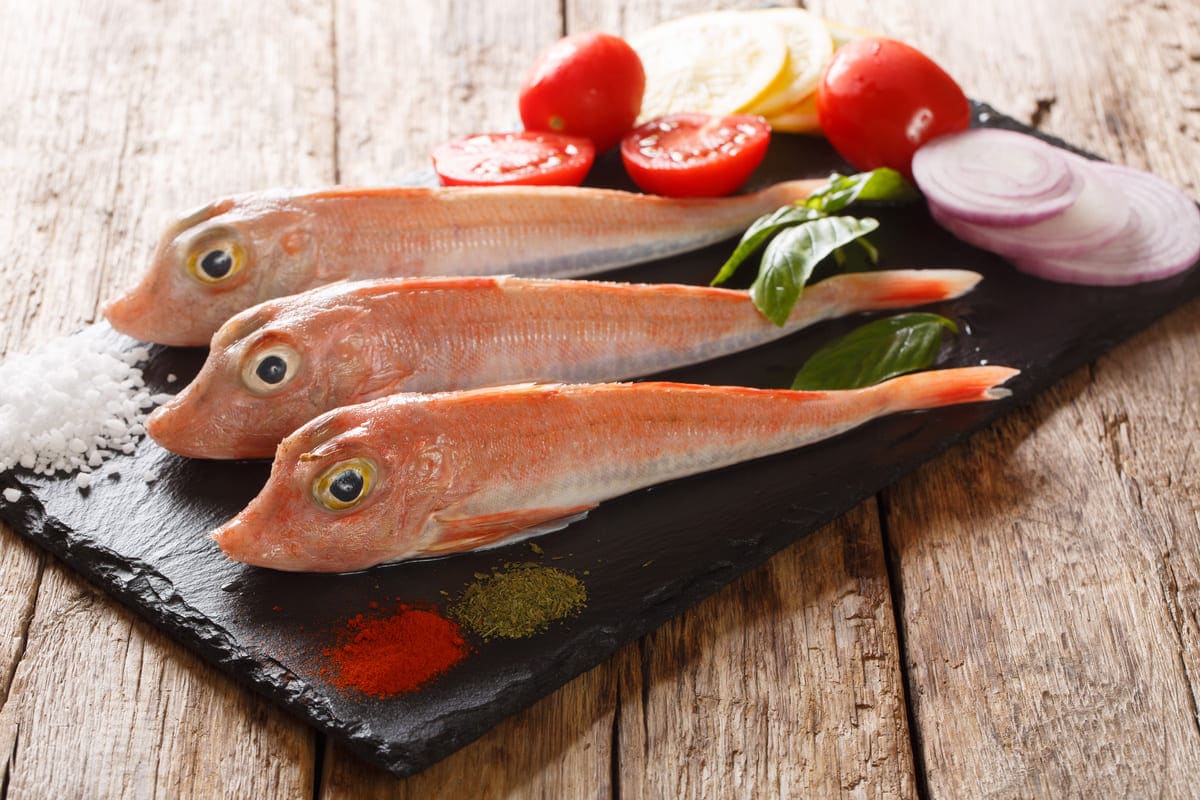
Introduction
Like the brave knight in shining armour, Gurnard, also known as sea robins, is a resilient fish that is actively sought after by many fishermen. Its strength and capability to survive in any environment make it one of the most sought-after fish species.
An alternative to traditional food, fish choices are becoming increasingly popular as a healthy and sustainable choice. Rather than being the ugliest fish, a fillet has become an attractive, healthy option.
Recent years have seen gurnard stocks return to dinner tables after several decades as chefs and cooks search for delicious and sustainable fish alternatives.
Description & Characteristics
Gurnards, a family of fish distinguished by their large and spiny heads, are a fascinating species. With an ancient lineage that dates back to the early Cretaceous period, gurnards have evolved unique characteristics that make them distinct from other fish.
Gurnard is a family of marine fish in temperate and tropical waters worldwide. There are over 150 gurnard species in this family, with some notable members being the Red Gurnard and Grey Gurnard.
The average size of these bony fish is between 15-60 cm, with some growing up to 90 cm in length. They have flat bodies with large pectoral fins that are used for swimming. Many species also have spines on their heads, which can be used as a defence mechanism against predators.
They usually range from dark brown or olive to bright yellow or red with spots or stripes. Gurnards also have an array of scales that enable them to camouflage into their surroundings when necessary.
Strikingly, gurnards possess various features that set them apart from other species. Most notably, they have enlarged pectoral fins, which give them a distinctive shape. These fins are covered in rigid spines on their exterior and contain sensory organs which allow them to feel their environment. Additionally, gurnards can use their pectoral fins as ‘feelers’ to search for food on the seafloor. Also, they can grunt and growl by contracting their swim bladder: grunts are thought to keep spawning schools together.

Species And Taxonomy
Gurnards are fish of the Triglidae, order Scorpaeniformes, and are often compared to tanks due to their heavy armour-like scales.
Gurnards are made up primarily of reef fish known for their spiny fins and bony heads. There are currently around 30 species in this family, divided into three subfamilies: Triglinae, Prionotinae, and Pterygotriglinae. The most common type of gurnard is the Red Gurnard. It is found in Europe, the Mediterranean Sea and off the coast of Africa. Other species include the Grey Gurnard, located in temperate waters throughout much of Europe and North America, and several other species inhabit various regions across the world’s oceans.
Habitat And Distribution
Gurnard are widely distributed throughout the world’s tropical and temperate waters. They have a cosmopolitan distribution and can be found in the Atlantic, Pacific, and Indian Oceans.
They range from Norway to South Africa and Spain to Namibia in the eastern Atlantic. In the western Atlantic, they range from Canada to Brazil. In the Indo-Pacific region, they occur from China to Australia.
Gurnard inhabit shallow coastal areas and deeper waters of up to 270 meters (886 feet). They generally prefer muddy or sandy bottoms with some vegetation for cover.
While foraging for food during the day, they often bury themselves in sediment with only their eyes exposed. At night, gurnards migrate into shallower water, where there is more light and better visibility for hunting their prey. They also form aggregations around particular areas, such as reefs or estuaries, at certain times of the year.
Gurnard’s Diet
Gurnard are bottom-dwelling fish that inhabit the waters of many parts of the world, from tropical to temperate. These fish feed on various prey items, including crustaceans, molluscs, and small fish that they locate using their feelers.
According to research conducted in 2006 by the Marine Conservation Society, gurnards have been observed to consume up to 87% of their total diet from benthic invertebrates, such as shrimp and crabs.
To catch prey, they use suction feeding, where they suck in prey with a powerful inhalation before exhaling it again through the gills. Gurnards also exhibit tail beating and head-standing behaviours that deter predators and attract mates during spawning season. While many people overlook this species due to its relatively small size compared to larger predatory species such as tuna or salmon, it is undeniable that gurnards have some remarkable characteristics which make them one of the most intriguing fishes in our oceans today.
Life Cycle of Gurnards
It starts with spawning in the spring and summer months in shallow coastal waters, usually no more than 20 feet deep.1 During this time, the female gurnard will lay up to 10 million eggs annually! They are transparent and about 2 millimetres in diameter. These eggs remain floating near the surface for up to three weeks before hatching into larvae.2
Once hatched, the larvae settle onto the sea floor, transforming into adults. This takes about three years to complete and involves several stages of growth and development, from juvenile to sub-adult to adult.3 Once fully grown, gurnards can reach lengths of up to 30 centimetres and can live for up to 15 years in some cases.
Gurnard Fisheries
Fisheries involving gurnards target specific species based on their size, maturity, and migratory habits. These fisheries are undertaken to provide food and economic benefits for communities relying on the catch. Fishing methods vary by region but typically involve bottom trawling, purse seining, handlining and netting. The species is also highly sought after due to its tasty flesh and firm texture.
The effects of these fisheries on gurnard populations and ecosystems depend primarily upon the implemented management strategies. In many regions, overfishing has become an increasingly severe problem; however, proper management can help ensure that this resource remains sustainable for future generations.

Sustainability
Gurnard, commonly found in European waters, is a sustainable fish species increasingly popular among chefs and consumers. There are numerous benefits to consuming gurnard, as it is an economically viable option for fishermen and those looking for an alternative to more expensive seafood dishes.
Gurnard is a plentiful resource with plenty of opportunities for fishermen to catch them without depleting their population numbers. The species also has a high reproductive rate and can survive in varying water temperatures, so there is no danger of overfishing them.
Also, the gurnard has a low environmental impact due to its ability to adapt to different habitats and its relatively small size compared to other fish species.
These factors make gurnard an excellent choice from an environmental standpoint and from the perspective of health-conscious consumers who want something that tastes great too. With its sustainability credentials and delicious taste, more people should consider adding this versatile fish to their diets.
Gurnard As Food
Gurnard is becoming increasingly popular as a food source, with its firm texture and mild flavour making it an ideal choice for many dishes. It has been described as having a texture similar to that of cod but with a more delicate, almost sweet taste. Gurnard’s sustainability has led to its wide use in commercial fisheries and its popularity in home cooking.
Gurnard is often prepared by steaming, baking or grilling. It can also be cooked in a large variety of sauces and marinades. Some have even suggested using it as part of a seafood salad or as an accompaniment to paella. Gurnard can also be served raw or pickled, although it should always be cooked thoroughly before eating. Its mild flavour pairs well with many herbs and spices, such as parsley, thyme and garlic, while its delicate texture makes it suitable to combine with crunchy vegetables like carrots and celery.
When cooking with gurnard, it is vital to ensure that you buy a fresh fish; when purchasing the whole fish, their eyes should be clear, and their scales should glisten before they are cleaned and prepared. Once cooked, the flesh should be opaque white – any discolouration may indicate that the fish has gone bad and should not be eaten. With proper preparation techniques, gurnard can make an excellent addition to any meal – whether served alone or alongside another seafood dish.
How To Prepare
Preparing gurnard to perfection requires an experienced hand, a discerning palate and an appreciation for the subtle nuances of this fish’s delicate flavour. Gurnard is a firm-fleshed fish with a mild taste that lends itself to many different cooking styles. It can be grilled, baked, poached or fried – each method highlighting its unique flavour profile and texture.
When grilling or baking a gurnard, it is crucial to use high heat to not dry out the fillets. To ensure that the fillets remain moist, brush them lightly with olive oil before cooking and season them with salt, pepper and herbs of your choice.
Poaching gurnard in a flavorful liquid such as stock or white wine will bring out its sweetness while also helping it retain moisture. If frying is more your style, ensure the oil is hot enough before adding the fillets and cook them until they are golden brown on both sides.
Regardless of which cooking method you choose – grilling, baking, poaching or frying – serve gurnard with accompaniments that will enhance rather than overpower its subtle flavours. Bright citrus sauces, fragrant herbs and fresh vegetables are all excellent options for bringing out the best in this succulent fish.
Best Side Dishes Paired With Gurnard
Gurnard is a popular choice for seafood lovers due to its sweet, delicate taste and light texture. The flesh of the gurnard can be cooked in various ways, but it is often served fried or grilled. When preparing a gurnard, one should always remove the skin, bones, and any remaining scales.
When choosing side dishes to accompany the gurnard, several options are available. Some popular choices include:
- Vegetables: Roasted vegetables such as potatoes, carrots, and onions pair well with the gurnard’s mild flavour. Adding herbs or spices like garlic or paprika can bring more depth to the dish.
- Salads: A light salad of greens such as arugula or spinach can provide a fresh contrast to the fish’s richness. Add fruits such as apples or pears to your salad for added texture and flavour.
- Grains: Couscous or quinoa provide a nutty flavour that pairs nicely with the gurnard’s subtle sweetness, while rice can also be used as a base for this dish. Add vegetables such as peas or corn to your grain dish to add more colour and nutrition to your meal.
No matter what side dishes you choose to serve alongside the gurnard, these accompaniments will help create an enjoyable meal that everyone can enjoy! By selecting the right ingredients and cooking them properly, you can ensure that your guests will have an unforgettable dining experience with your delicious gurnard dish.

Popular Gurnard Recipes
The classic French bouillabaisse is one of the most well-known dishes featuring the gurnard. This stew features a variety of seafood, including gurnard, cooked with herbs, garlic, tomatoes, and saffron broth. The soup is typically served with croutons or toast spread with rouille sauce for added flavour.
Another popular recipe featuring gurnard is ‘gurnard en papillote’, which involves baking the fish on parchment paper with butter, lemon juice, garlic, and herbs. The combination of flavours creates an aromatic dish that can be served as an entree or as part of a larger meal.
When cooking with gurnard fillets, they can be coated in breadcrumbs before being fried until golden brown for a crispy texture that pairs well with tartar sauce or a squeeze of fresh lemon juice. Whichever recipe you create using this versatile fish, you will find it both delicious and nutritious!
History
Gurnard has been present in European waters since ancient times and is widely found on the Atlantic and Mediterranean coasts. Historically, the gurnard was an essential source of food for coastal communities and was used for medicinal purposes as well. According to records from the 19th century, the gurnard was so abundant that it made up one-third of all fish caught in some areas.
In recent years there has been a renewed interest in gurnard due to its nutritional qualities: high contents of proteins, minerals and vitamins combined with low levels of fat make it an excellent choice for health-conscious consumers.
